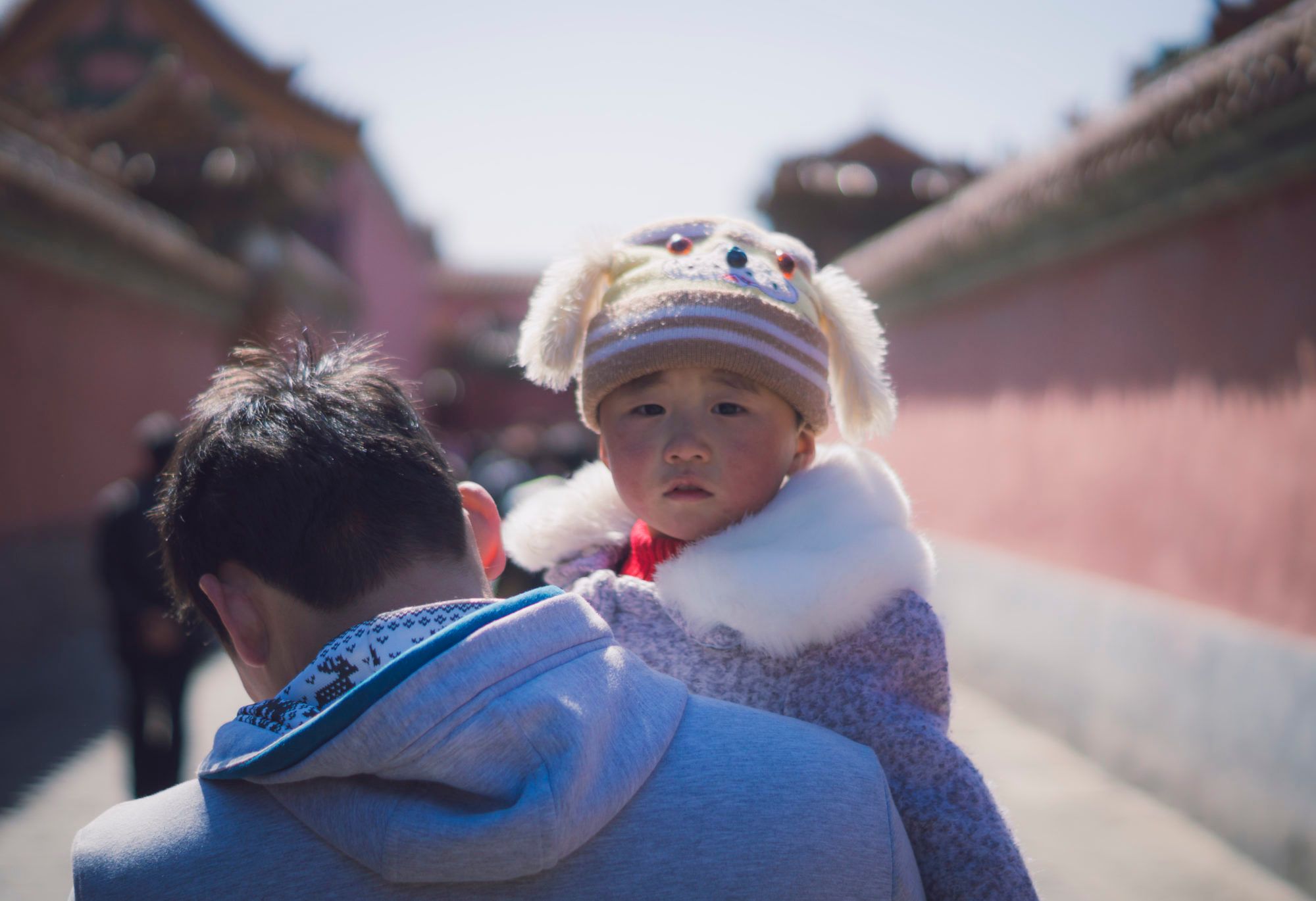Has China already entered the "low fertility trap"?

What is the "low fertility trap"?
Recently, Minister of Civil Affairs Li Jiheng wrote in an article: “At present, due to many influences, our country’s right-age population has low willingness to give birth. The total fertility rate has fallen below the warning line, and population development has entered a critical transition period.”1 When the public heatedly discussed "what does it mean that the total fertility rate has fallen below the warning line", few people realize that Chinese may have stepped into the "low fertility trap".
Before explaining the "low fertility trap", it is necessary to briefly explain what is called the total fertility rate. The so-called total fertility rate (TFR) refers to the average number of children born to each woman during the childbearing age (15 to 49 years) in a certain country or region, which is one of the most important indicators reflecting the trend of population development.2 The academic circles usually define a total fertility rate of 2.1 as the level of generational replacement, that is, the level of fertility that can maintain the total population without increasing. 3
However, along with economic development and social changes, the total fertility rate of all parts of the world has been declining repeatedly. According to data from Wind, in more and more countries, the total fertility rate has fallen below the level of generational replacement, and some have fallen below 1.5. For example, in the 1980s, the total fertility rates of Italy and Spain fell below 1.5. Then in the 1990s, European countries such as Slovenia, Bulgaria, Czech Republic, Latvia, and Asia's Japan, South Korea, and Singapore also entered this range. This situation is also spreading in Europe and Asia. For a long period of time, the total fertility rate of these countries has almost never returned to above 1.5, and some have even dropped to below 1.3. The emergence and continuation of this "fertility decline" have attracted widespread attention and deep concern from the government, academia, and even the business community: if the total fertility rate is maintained at an ultra-low level below 1.5 for a long time, many fields such as the economic vitality, labor supply, old-age medical system, intergenerational equity, comprehensive competitiveness, political and cultural influence will face huge challenges in the future. The total population will inevitably shrink, and eventually even die out. 4
In this context, the concept of the "low fertility trap" was proposed.4 According to the authors, once the total fertility rate drops below 1.5, it will become very difficult to return to above 1.5.4 Because of this, 1.5 is recognized as the warning line for total fertility.
Has China entered the "low fertility trap"?
In China, it is an indisputable fact that the birth rate has fallen. Wind data shows that since 1990, the birth rate in China has been declining, from 21.06‰ in 1990 to 12.07‰ in 2015. Although the birth rate of the Chinese population once rebounded significantly due to the "comprehensive two-child policy" in 2016, it has continued to decline in the following three years. In 2019, it was only 10.48‰, a decrease of 0.46 per thousand points compared with 2018. The lowest value in history; correspondingly, the number of births in China in 2019 was 14.65 million, a decrease of 580,000 from 2018 - this is the third consecutive year of decline in the number of births in China since 2016.
Because of the increasingly severe population situation, the "low fertility trap" has been frequently mentioned in academia in recent years, but the attitudes of scholars are not exactly the same. Now, the Ministry of Civil Affairs officially admitted for the first time that the total fertility rate in China has fallen below the warning line. Obviously, China has entered the "low fertility trap" interval. All of this is due to the weakening of the willingness of Chinese people to give birth. The best proof is that the birth rate has not continued to rise due to the "comprehensive two-child policy".
Why are young people in this class unwilling to have babies? The first reason is economic pressure. According to data gathered by the Suning Finance Research Center, among the 10 cities in China with the highest cost of raising a baby, Beijing, Shanghai, Shenzhen, and Guangzhou ranked the highest, all with more than 2 million yuan5. What's more, the high housing prices in first- and second-tier cities in China and the expenditure on medical care and pensions have not been counted, and these are also the sources of pressure that make people not want to have a baby.
In addition, according to the Suning Finance Research Center, there are two other reasons that hinder the increase in fertility: 5
On the one hand, the traditional Chinese concept of "multiple children, more blessings" has drifted away. In the eyes of many parents, in today's highly competitive society, it is necessary to find ways to increase various investments in the growth of children, so as to enable their children to gain an advantage from the competition in the future and stand out; but if one more baby is born, it is inevitable that the various costs of children will increase exponentially, and this has become "multiple children, more negatives." As a result, the "less nourishment" approach has become the first choice of many Chinese parents.
On the other hand, the status of women has been significantly improved. At present, the proportion of professional women and intellectual women among Chinese women is increasing year by year. This group of modern women advocates being able to be economically independent, self-reliant in life, and having a certain status and dignity in society. They like to design and plan by themselves to seek their own ideals instead of being a traditional housewife who is financially dependent on her husband and focuses on childbirth and housework in her life. Hence, childbirth has become an obstacle and burden, and more and more women choose to have fewer or no children.
Can China get rid of the "low fertility trap"?
Is it really impossible to get rid of the "low fertility trap"? The answer is negative.
Although this hypothesis has caused great anxiety and even panic in many countries at the beginning of its publication, according to Wind data, the total fertility rate in Russia has risen from 1.29 in 2005 to 1.5 in 2008 in just three years. In addition, since 2008, the total fertility rate of Belarus, Switzerland, Estonia, Bulgaria, Czech Republic, Slovenia, and many other European countries have returned to more than 1.5. From the data point of view, these countries have already got rid of the “low fertility trap”.
References
1: https://finance.ifeng.com/c/81qoJ3DXY32
2: https://www.measureevaluation.org/prh/rh_indicators/family-planning/fertility/total-fertility-rate
3: https://www.wri.org/publication/achieving-replacement-level-fertility
4: Lutz, W., Skirbekk, V., & Testa, M. (2006). The Low-Fertility Trap Hypothesis: Forces that May Lead to Further Postponement and Fewer Births in Europe. Vienna Yearbook of Population Research, 4, 167-192. Retrieved December 29, 2020, from http://www.jstor.org/stable/23025482



